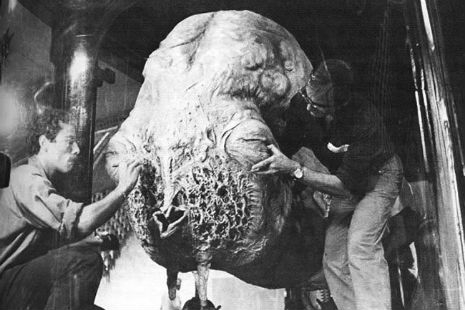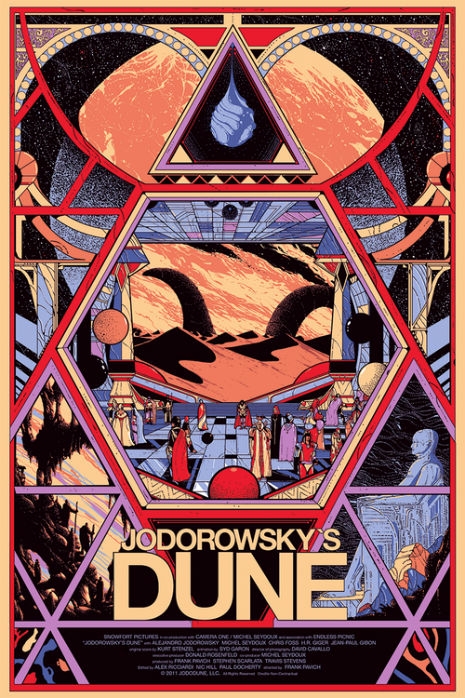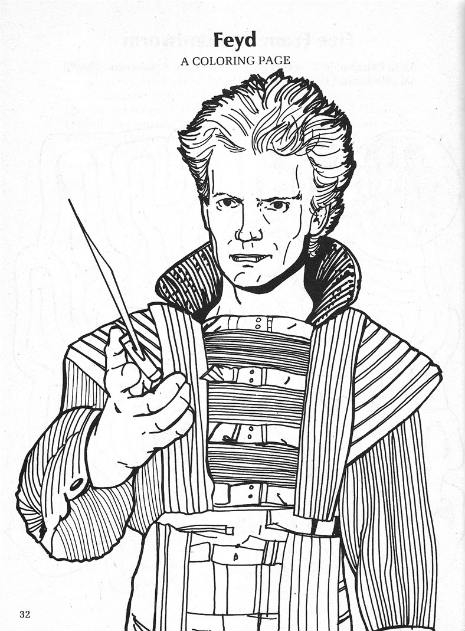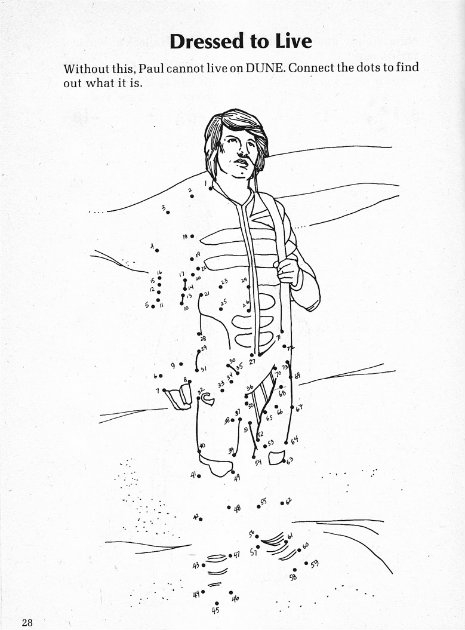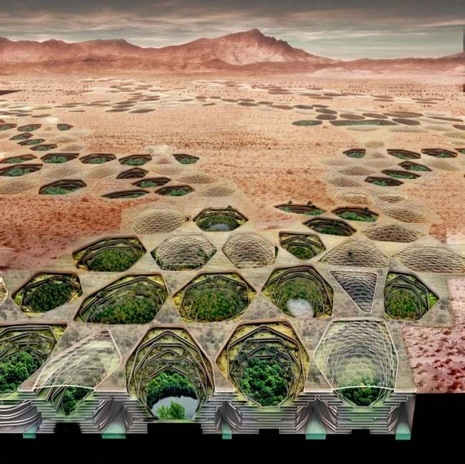
Feyd lashes out at Paul
Frank Herbert’s densely plotted interplanetary epic Dune, published in 1965, has always represented a kind of dividing line between those who truly dig sci-fi and those who couldn’t muster the interest in whether young Paul Atreides would be able to secure control of the planet Arrakis and its copious reserves of the spice melange. Today it’s easy to regard the Dune series as a precursor to George R.R. Martin’s A Song of Ice and Fire, the series of books that led to Game of Thrones, but in the early 1980s Herbert’s masterpiece resembled nothing so much as a ready-made template for an answer to Star Wars.
Famously, Alejandro Jodorowsky took a crack at adapting Dune in the 1970s. In the early 1980s an attempt to turn Dune into a film was undertaken by the Dino De Laurentiis Corporation, and bizarrely, David Lynch, at that time known only as the director of Eraserhead and The Elephant Man was tapped for the gig. As J. Hoberman once pointed out, “Lynch was the first American avant-garde filmmaker to direct a Hollywood blockbuster,” and the results were predictably dark, unsettling, and at times well-nigh incomprehensible—although part of the blame for that surely goes to the Herbert book, which is famously hard to follow.
Dune boasted one of the all-time interesting casts, a lineup that included the future Jean-Luc Picard, the future Agent Dale Cooper, the erstwhile wife to John Le Carré‘s George Smiley, and the frontman for biggest rock band in the world at the time, and that’s all without mentioning personages like Max Von Sydow, Sean Young, Linda Hunt, Brad Dourif, Dean Stockwell, and José Ferrer. (Probably the most familiar image from the movie shows Sting wearing his “space underpants.”) I’m mildly obsessed with Dune‘s peculiarly anti-commercial virtues, and so naturally, I got excited when I recently discovered the existence of Fleer’s trading card set promoting the movie.
Each one of Fleer’s wax packs contained 10 cards as well as a sticker and a stick of gum. The entire series ran to 132 cards, the last two of which are “Terms and Definitions” cards helpfully explaining to the tween audience what expressions like “Bene Gesserit” and “Crysknife” are supposed to represent (see below for the answer).

Stilgar asks Jessica to “pass within”
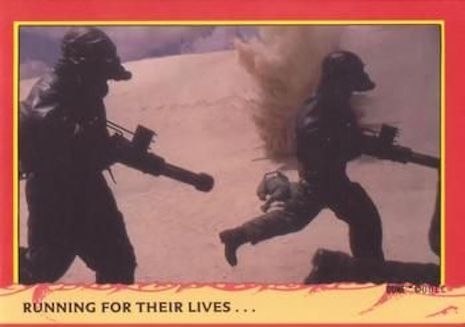
Running for their lives….
Much more after the jump…...






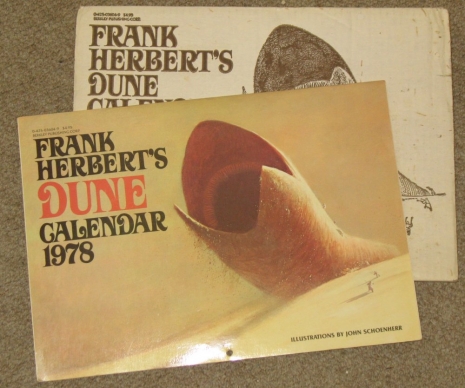




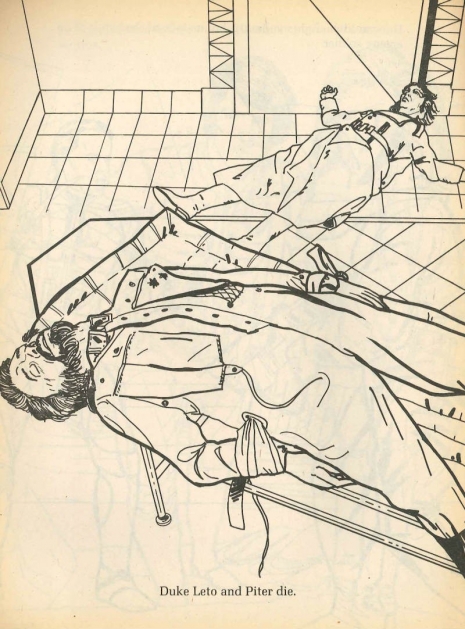
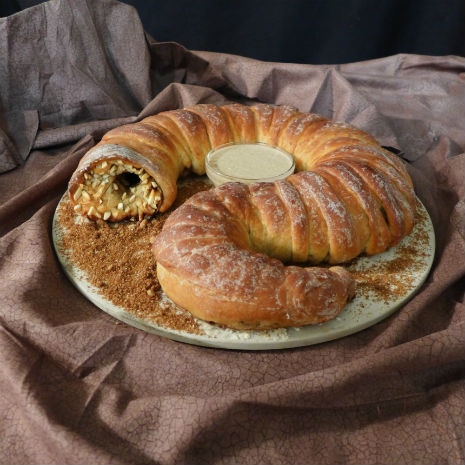
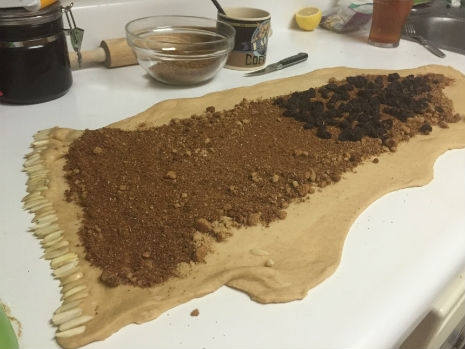

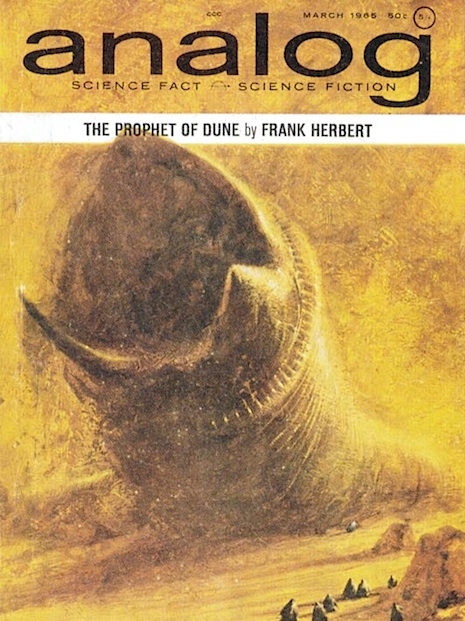

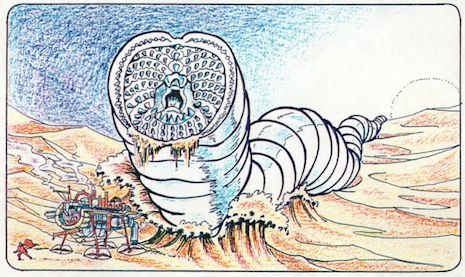
_465_533_int.jpg)
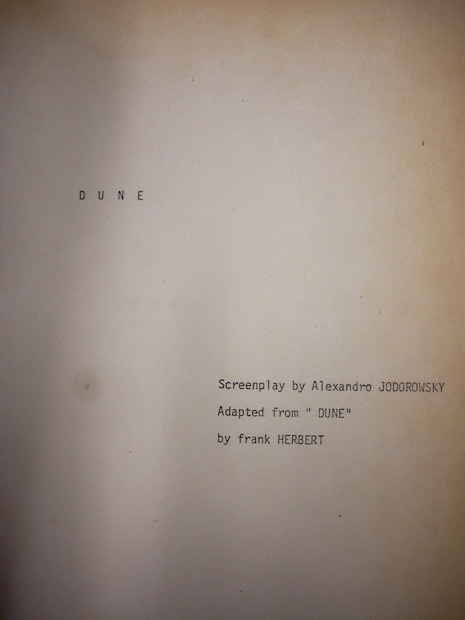

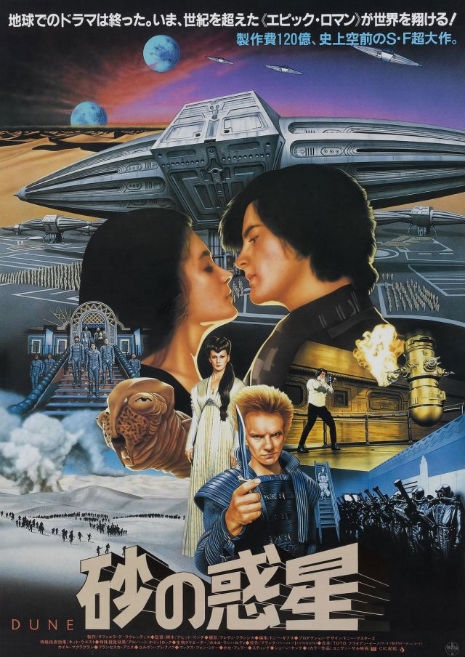

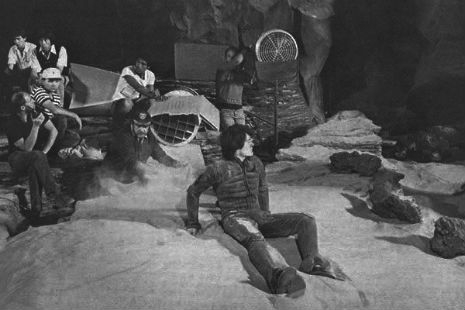
_465_312_int.jpg)
